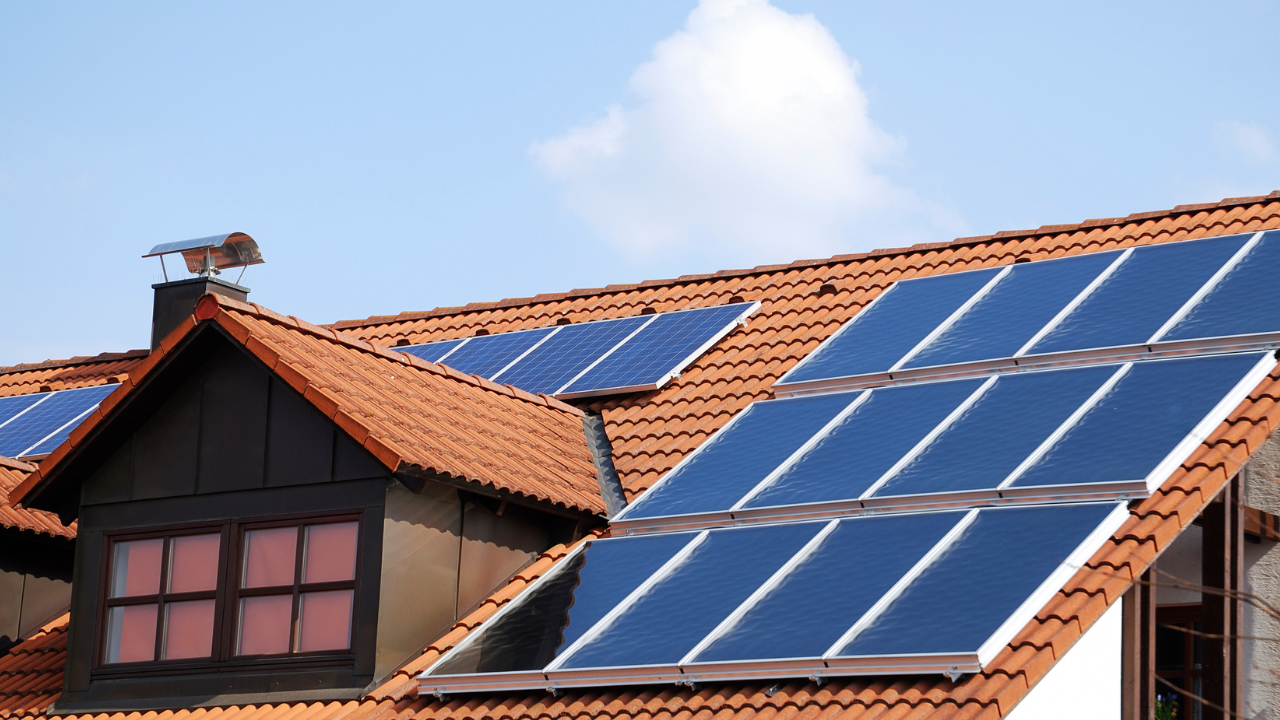Solar Photovoltaic Energy: What It Is and How It Works

Solar photovoltaic energy has become one of the most promising solutions to reduce dependence on fossil fuels in the United States. With abundant sunlight in many regions—from California and Arizona to Texas and Florida—this clean energy source is gaining traction among homeowners, businesses, and communities.
As climate concerns grow and energy costs fluctuate, solar photovoltaic systems offer a reliable way to generate electricity sustainably and reduce utility bills. But what exactly is this technology, and how does it work?
What is solar photovoltaic energy?
Solar photovoltaic energy is a technology that converts sunlight directly into electricity through the use of solar panels. These panels are made up of photovoltaic cells that generate electric current when exposed to sunlight. The process, known as the photovoltaic effect, was discovered in the 19th century but became widely adopted much later with advances in materials and manufacturing.
Today, solar photovoltaic systems are used across the country in residential, commercial, and agricultural settings. From rooftop installations to large-scale solar farms, this technology is transforming the way the U.S. produces and consumes electricity.
How solar photovoltaic systems work
When sunlight hits a photovoltaic cell—typically made of silicon—it knocks electrons loose, generating direct current (DC) electricity. This electricity flows into an inverter, which converts it into alternating current (AC) used in homes and businesses.
A standard setup includes solar panels mounted on a roof or structure, an inverter, and wiring. Some systems also include batteries to store excess energy, which can be used during nighttime or power outages. The configuration depends on whether the system is grid-tied, off-grid, or hybrid.
Benefits of solar photovoltaic energy
The advantages of solar photovoltaic energy in the U.S. are significant. It allows homeowners and businesses to:
-
Lower electricity bills substantially.
-
Reduce their carbon footprint.
-
Increase property value.
-
Benefit from tax incentives and rebates, such as the federal solar Investment Tax Credit (ITC).
Additionally, solar panels have minimal maintenance requirements and a lifespan of 25 years or more, making them a long-term, low-risk investment.
What affects solar energy production?
The efficiency of a solar photovoltaic system depends on several factors:
-
Geographic location and sunlight exposure.
-
Roof orientation and tilt angle.
-
Shading from trees or nearby buildings.
-
Cleanliness of the panels.
-
Seasonal weather conditions and temperature.
Fortunately, much of the U.S. has favorable solar conditions, especially in the Southwest, where solar potential ranks among the highest globally.
Common applications of solar photovoltaic energy
Solar photovoltaic energy is widely used in American homes to power lighting, appliances, HVAC systems, and electric vehicles. In businesses and commercial buildings, it helps reduce operational costs and improve sustainability credentials.
On farms and ranches, solar power is used for irrigation systems, fencing, refrigeration, and remote power supply. Many schools, hospitals, and government buildings have also adopted solar systems to meet renewable energy goals.
Steps to install a home solar system
The process typically starts with an assessment of your electricity usage. A solar provider will design a system tailored to your needs, considering the roof space, orientation, and local regulations.
Once approved, installation is carried out by certified professionals. If the system is grid-connected, it must be approved by the utility company before it can begin operating. Homeowners can also apply for state or federal incentives during or after installation.
Innovations in solar photovoltaic energy
Solar photovoltaic technology continues to evolve rapidly. Recent innovations include:
-
Bifacial panels that capture sunlight from both sides.
-
High-efficiency perovskite cells.
-
Building-integrated photovoltaics (BIPV) such as solar roof tiles.
-
Smart monitoring platforms accessible via mobile apps.
-
Battery storage systems that enhance energy independence.
As costs continue to fall and technology improves, solar energy will become even more accessible and efficient across the U.S.
Frequently asked questions
How much does it cost to install solar panels at home?
A typical residential system in Uruguay ranges from USD 2,000 to USD 3,000 for a small setup (2–3 kWp). Larger systems (5–7 kWp) can cost USD 8,000–10,000. Final prices depend on panel quality, inverter type, mounting structure, and whether batteries are included. Financing options often cover up to 80 % of the cost with low-interest green loans.
What maintenance is required?
Minimal maintenance is needed. Panels should be cleaned once or twice a year to remove dust or debris. An annual technical inspection by a certified installer ensures the inverter, wiring, and mounting hardware remain in good condition. Proper upkeep keeps panels operating above 80 % efficiency for over 20 years.
Can I install solar panels in an apartment or condo?
Yes. If your building’s rooftop or a shared terrace is available, you can install panels with consorcio approval. You’ll need a space free of shade and a structural assessment to confirm load-bearing capacity. The system must also be registered with UTE or the local cooperative.
How much can I save monthly?
Savings vary by system size and household consumption but typically range from 50 % to 90 % of your monthly electricity bill. During high-irradiation months, a 3–5 kWp system can cover most of a typical home’s demand, while winter production offsets a portion of usage.
How long until I recoup my investment?
Payback periods usually span 5 to 7 years, depending on electricity prices, system size, and net metering credits. Exported surplus energy generates bill credits valid for 12 months, accelerating cost recovery.